The Art of Campari at Estorick Collection
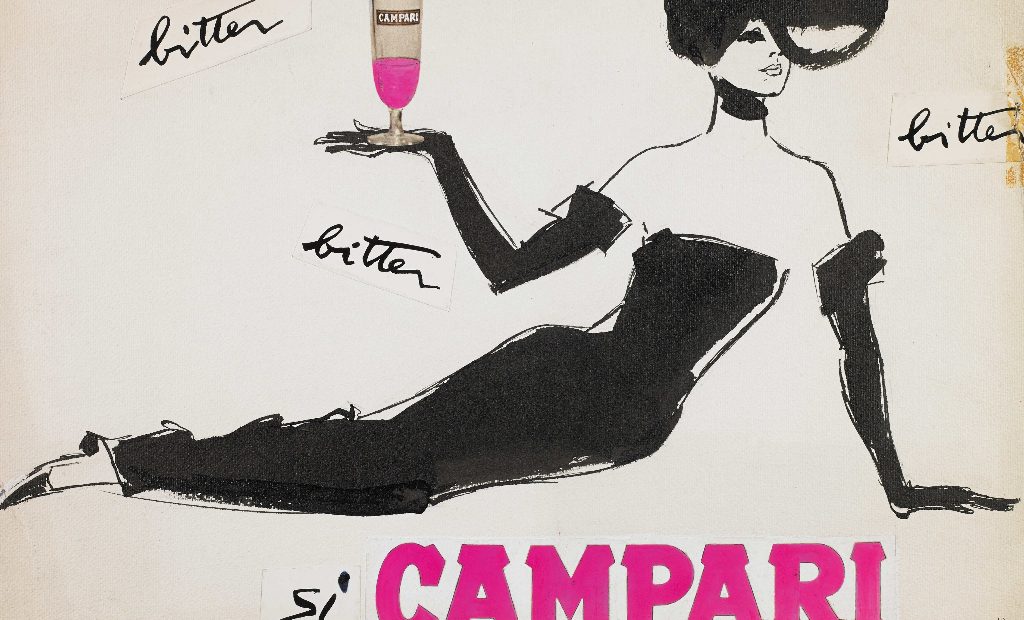
What says summer better than a cold glass of Campari soda on a hot day? But there’s more to the brand than simply summer drinking, as a new exhibition at the Estorick Collection sets out to prove with a treasure trove of art and design from the company’s extensive archive.
Since the 19th century, the iconic label has been responsible for producing some of the most innovative advertising imagery created in Italy. The Art of Campari seeks to explain the enterprise’s pioneering approach from the 1890s to the 1960s and beyond.
Although it was founded in Milan in 1860 by Gaspare Campari (1828-1882), it was a little later under Davide Campari (1867-1936) that the firm began to pursue a more dynamic approach to marketing its products, putting it on track to become one of the most distinctive drinks brands in the world.
After working with designers from the Art Nouveau and Belle Epoque styles, in the 1920s the beverage producer approached Futurist artist Fortunato Depero to create a more daring style of advertising, focusing on bold geometric shapes and on the promotional poster as a key future medium for art and creativity. The second room of the exhibition then focuses on the 1960s, in which line drawings and images of space travel sum up the elegance and excitement of the era.
The Estorick has come up with a pretty perfect summer exhibition: light-hearted, charming and informative. Follow this up with a Negroni in the gallery’s beautiful garden, and you can’t go too far wrong.
Anna Souter
Art of Campari is at Estorick Collection from 4th July until 16th September 2018. For further information visit the exhibition’s website here.


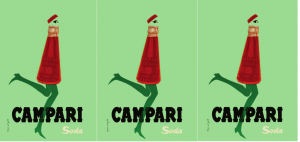


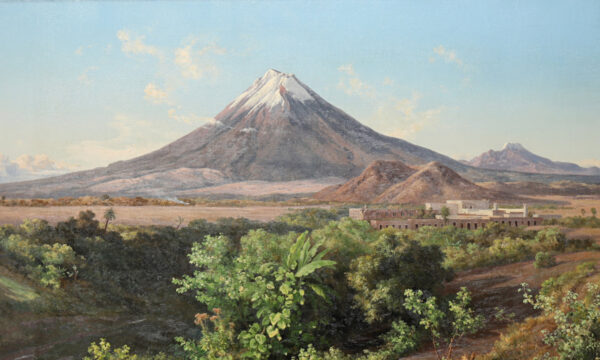
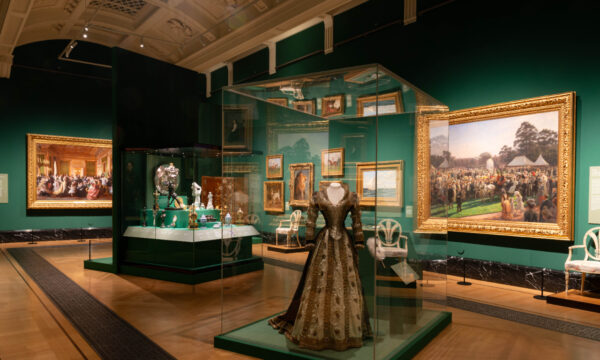
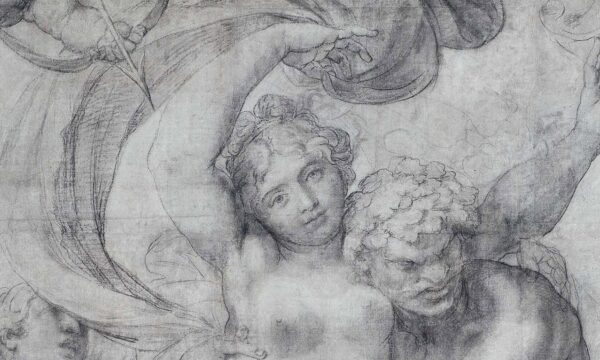
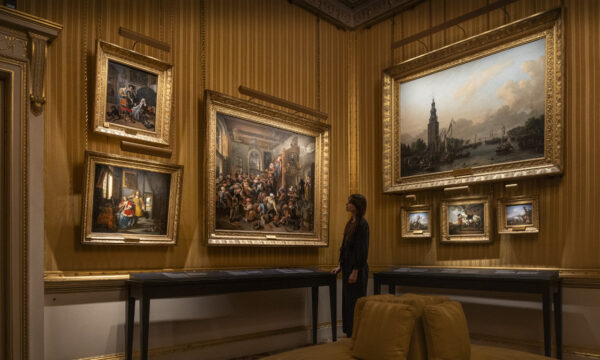
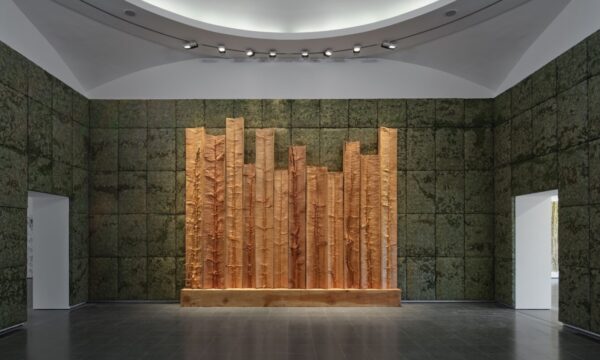

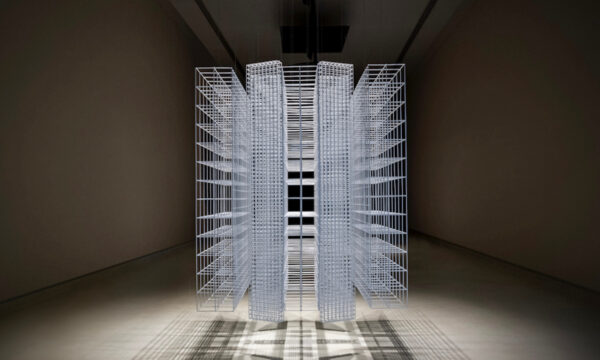

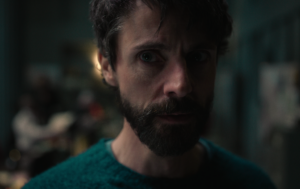
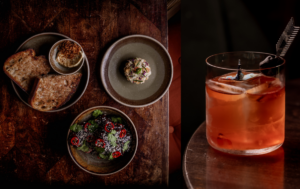

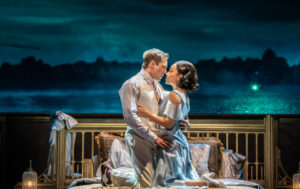








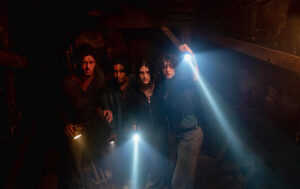
Facebook
Twitter
Instagram
YouTube
RSS